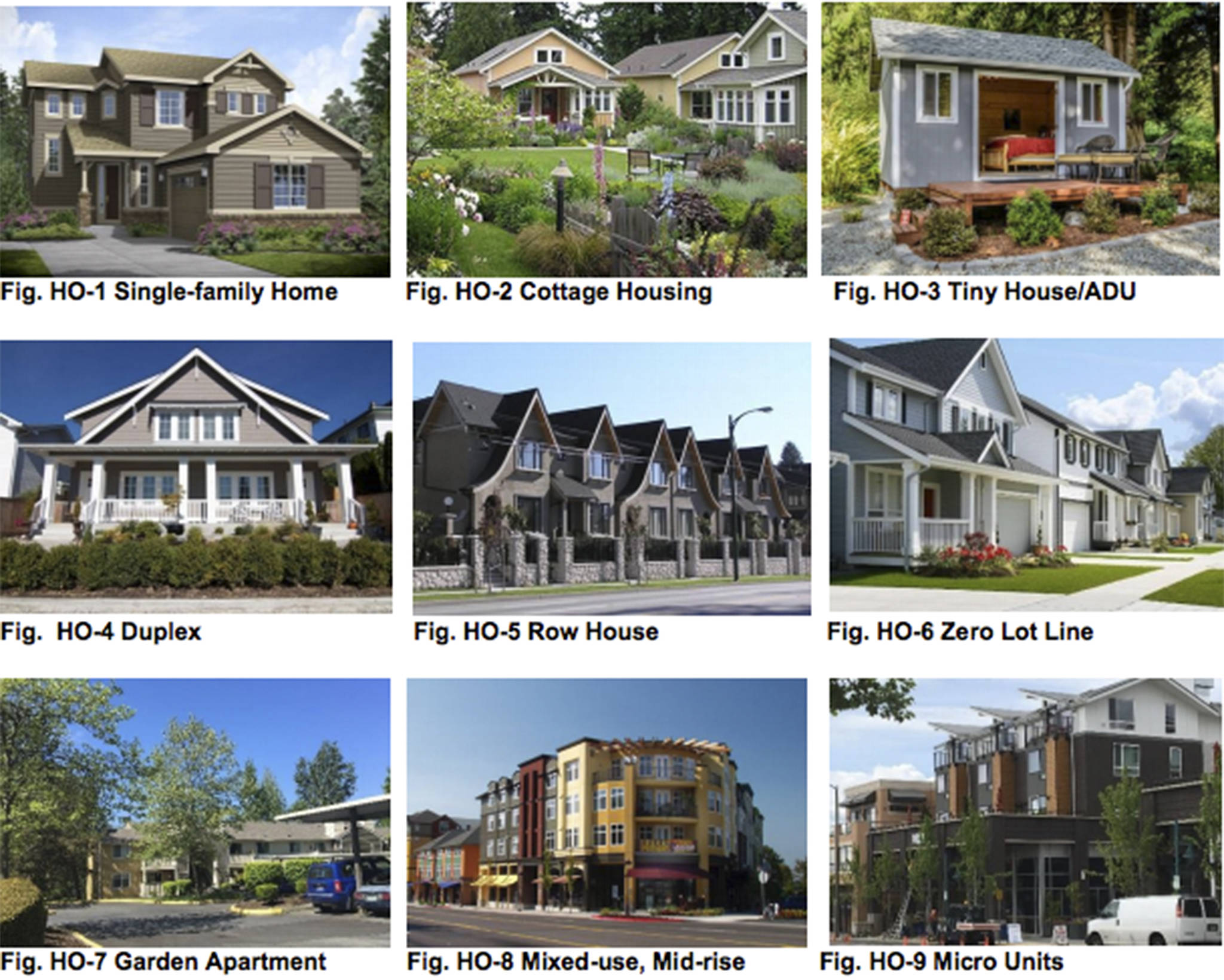ZERO. That’s right 0. When it comes to affordable housing, whether renting or buying, it’s almost nil on Bainbridge Island.
“The council won’t be surprised by this information,” senior planner Jennifer Sutton said.
The Housing Report shows: rental apartment vacancy is zero, compared with 4.2% in 2018; housing prices are climbing rapidly with low inventory and almost zero vacancy; and there is zero public funding for housing being constructed or planned.
There are also almost zero rentals and zero homes available in the mid-range of affordability and few opportunities to down-size. That’s because, with the cost of homes so high, property taxes also are high, causing many people with lower incomes to move off the island. BI received another zero in the report for no new senior housing.
The report is not all doom and gloom. It cites Housing Resources Bainbridge and Bethany Lutheran Church for their efforts on the topic, and HRB and Housing Kitsap for their work on home repair and renovation to improving accessibility.
“Bethany needs to be a high priority,” Councilmember Leslie Schneider said of helping that church be able to build affordable housing.
The report also says BI has decreased the number of cost-burdened families living in rental and ownership housing. However the report does say some of those people may have moved off the island. There also has been a slight increase in rental housing and multifamily units. For the report low income is set at $61,700 a year for a family or four, while extremely low is $24,600.
Some councilmembers took issue with the report.
“This is outdated data,” Brenda Fantroy-Johnson said. “It’s hard to look at this and say we’re on track on those items.”
Joe Deets agreed. “We need better data to understand the issue.”
Kirsten Hytopoulos asked how can we be succeeding when people are leaving? She also said the data may show progress in some housing advances, but it’s not necessarily affordable housing.
Christy Carr said April 20 the council asked city staff to provide it with an inventory of affordable housing on BI. Since it hasn’t received that information yet, “How can we accurately reflect where we are? We are woefully not on track when it comes to affordable housing.”
Planning director Heather Wright said the biennial report will be revised with additional information.
Overall, the report says BI’s 2015 population of 23,390 is predominantly white (91%), well-educated and relatively affluent. The median household income ($92,558) is 1.5 times the Kitsap County average. Almost 60% of residents have occupations with relatively high incomes. About a third work in the service sector, such as retail clerks, waiters and bank tellers, and have median wages between $27,703 and $30,972.
Between 2000-10 the island’s senior population (age 60+) increased from 17% to 26%. The “young adult” cohort (ages 18-34) has declined from 15% to less than 10% in 2016. Only Whitman County ranks lower in providing housing than Kitsap County. To encourage building affordable housing the city offers density bonuses, tax incentives and other programs.
BI’s housing stock is predominantly detached single-family homes (80% of all units) that occupies about 90% of the island’s land area. The average single-family home price is just under $700,000.
Multi-family units that constitute 16% of the housing stock are concentrated in Winslow and Lynwood Center. Rental apartments make up less than 7% of total housing units. Very few rental units have been built in the last decade, which partly accounts for a vacancy rate of 1.5%, well below the 5% rate typical of well-functioning rental markets, the report says.
As for the future, BI’s Housing Vision 2036 seeks a broad diversity of housing. The broadest variety exists within the compact, walkable, transit-served, mixed-use designated centers. These include small detached homes on small lots, attached and detached accessory dwelling units, cottage housing, common-wall duplexes, triplexes and row houses, and stacked units on the upper floors of mixed-use, mid-rise buildings.
Some combination of appropriately zoned land, regulatory incentives, financial subsidies and innovative planning techniques will be necessary to make adequate provisions for the needs of all segments of the population, but particularly middle and lower income people, the report says.
Also discussed Tuesday, the climate change committee workplan includes community engagement to not only increasing public understanding of climate change, but to also engage the community to stimulate ideas not only for the plan but to recommend proposals to council for consideration. Ways that could happen include: written and oral suggestions; virtual or in-person workshops; or via the city’s website, “Engage Bainbridge.”



